Sprinkler Head Rule In Golf Explained
Want to know what the sprinkler head rule in golf is and when and how you can take relief? Read on...


The first thing to clarify is that there is no specific ‘sprinkler head Rule in golf’ as such. Rather, sprinkler heads are classed as immovable obstructions, and it is Rule 16 governing these that clarifies when and how you can take free relief from them.
Immovable obstructions are one of four things classified as abnormal course conditions under the Rules, with the other three being animal holes, ground under repair and temporary water.
An immovable obstruction is defined as one that “cannot be moved without unreasonable effort or without damaging the obstruction or the course, and otherwise does not meet the definition of a movable obstruction…” Conversely, a movable obstruction is defined as “an obstruction that can be moved with reasonable effort and without damaging the obstruction or the course.”
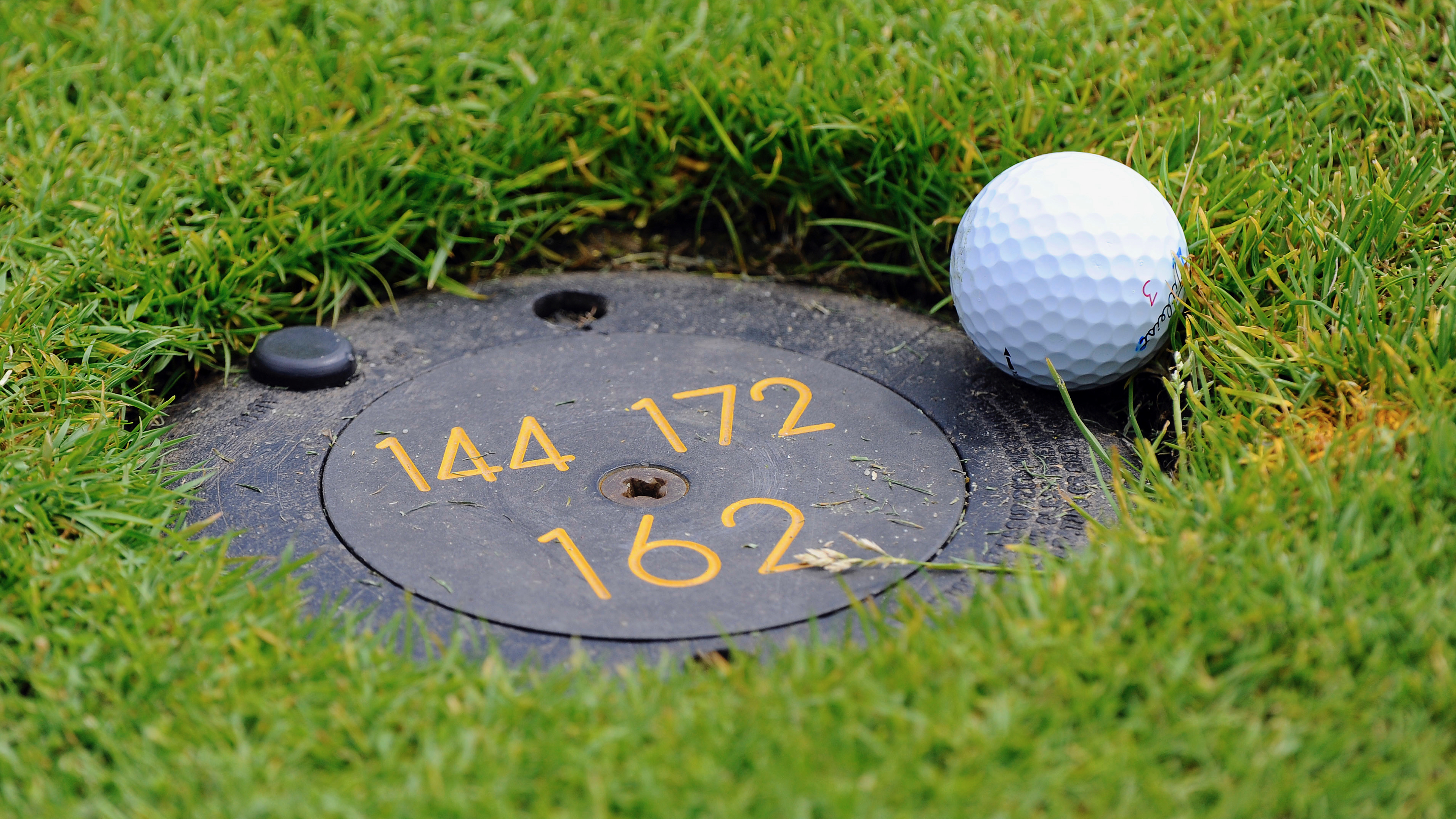
A sprinkler head is classed as an immovable obstruction
Definitions aside, the Rules of Golf do not expect you to have to play your ball when there is interference from such an artificial object, which is there to assist with the maintenance of the course and is not part of the challenge of playing the game. But how far does that interference extend for you to be able to get free relief?
This depends on which part of the course the sprinkler head is located in. It will invariably be in the general area (fringe, apron or fairway) but may very occasionally be on a putting green, too – perhaps a vast double green, where it’s the only way to get water to certain parts of the putting surface, or a green that has recently been extended.
Sprinkler head in the general area
Interference exists when your ball touches, or is in or on the sprinkler head, or when the sprinkler head physically interferes with your area of intended stance or swing – e.g., when you would have to stand on it to play your ball or your swing would strike it either on the way back or through. There is no free relief if the ball is merely lying close to the sprinkler head but the only interference is visual rather than physical, so your ball could be lying just a couple of inches away from one but you would not entitled to relief.

You are always entitled to free relief when your ball lies in or on a sprinkler head
You take relief under Rule 16.1b by finding the nearest point of complete relief where the sprinkler head no longer interferes, taking your stance with a club with which it would be reasonable to play your shot. From this reference point, you then get a one club-length relief area in which to drop not nearer the hole, and you must drop in the general area.
Get the Golf Monthly Newsletter
Subscribe to the Golf Monthly newsletter to stay up to date with all the latest tour news, equipment news, reviews, head-to-heads and buyer’s guides from our team of experienced experts.
There is no free relief if you have contrived interference by choosing a club, type of stance or swing, or direction of play that is clearly unreasonable.
Sprinkler head on the putting green
Only when your ball is on the putting green can you also take free relief if a sprinkler head intervenes on your line of play. The reason for this is that you are rolling the ball along the ground when you get to the putting green, and the Rules of Golf do not expect you to have to putt through an immovable obstruction.
Relief is taken under Rule 16.1d by finding your nearest point of complete relief and then placing your ball on that spot. This spot can either be on the putting green or in the general area, perhaps on the fringe.
Sprinkler head on your line on the fringe
If there is a sprinkler head on your line on the fringe and you fancy putting it, you need to check the Local Rules as this is not an automatic relief scenario under the Rules of Golf. Yes, if your ball actually lies on the sprinkler head or it would interfere with your area of intended stance or swing, you would be entitled to free relief as elsewhere, but not just because it is on your line and you really want to putt.
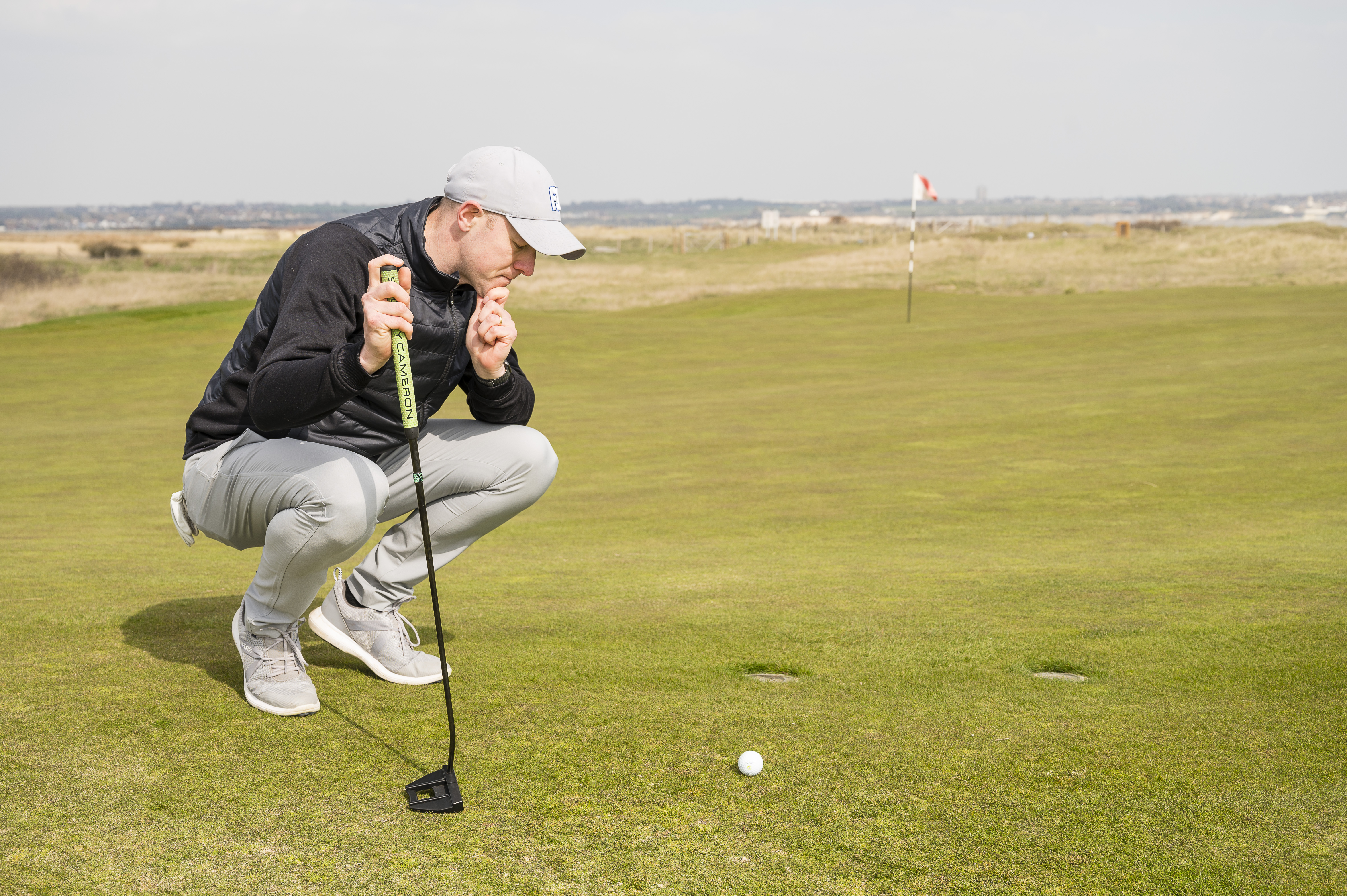
Free relief is only available here if an appropriate Local Rule is in force
However, some (maybe even many) courses will have a Local Rule allowing relief if your ball lies within two club-lengths of a sprinkler head on your line that is also within two club-lengths of the putting green (Model Local Rule F-5). But if no such Local Rule exists, there is no free relief, so always check the scorecard or noticeboard for the Local Rules. If it is in force, relief can then be taken under Rule 16.1b, but you cannot drop on the putting green.

Jeremy Ellwood has worked in the golf industry since 1993 and for Golf Monthly since 2002 when he started out as equipment editor. He is now a freelance journalist writing mainly for Golf Monthly. He is an expert on the Rules of Golf having qualified through an R&A course to become a golf referee. He is a senior panelist for Golf Monthly's Top 100 UK & Ireland Course Rankings and has played all of the Top 100 plus 91 of the Next 100, making him well-qualified when it comes to assessing and comparing our premier golf courses. He has now played 1,000 golf courses worldwide in 35 countries, from the humblest of nine-holers in the Scottish Highlands to the very grandest of international golf resorts. He reached the 1,000 mark on his 60th birthday in October 2023 on Vale do Lobo's Ocean course. Put him on a links course anywhere and he will be blissfully content.
Jezz can be contacted via Twitter - @JezzEllwoodGolf
Jeremy is currently playing...
Driver: Ping G425 LST 10.5˚ (draw setting), Mitsubishi Tensei AV Orange 55 S shaft
3 wood: Srixon ZX, EvenFlow Riptide 6.0 S 50g shaft
Hybrid: Ping G425 17˚, Mitsubishi Tensei CK Pro Orange 80 S shaft
Irons 3- to 8-iron: Ping i525, True Temper Dynamic Gold 105 R300 shafts
Irons 9-iron and PW: Honma TWorld TW747Vx, Nippon NS Pro regular shaft
Wedges: Ping Glide 4.0 50˚ and 54˚, 12˚ bounce, True Temper Dynamic Gold 105 R300 shafts
Putter: Kramski HPP 325
Ball: Any premium ball I can find in a charity shop or similar (or out on the course!)
-
 JM Eagle LA Championship Prize Money Payout 2025
JM Eagle LA Championship Prize Money Payout 2025The LPGA Tour heads to California for the JM Eagle LA Championship, where the largest prize money payout of the season so far is on the table
By Mike Hall Published
-
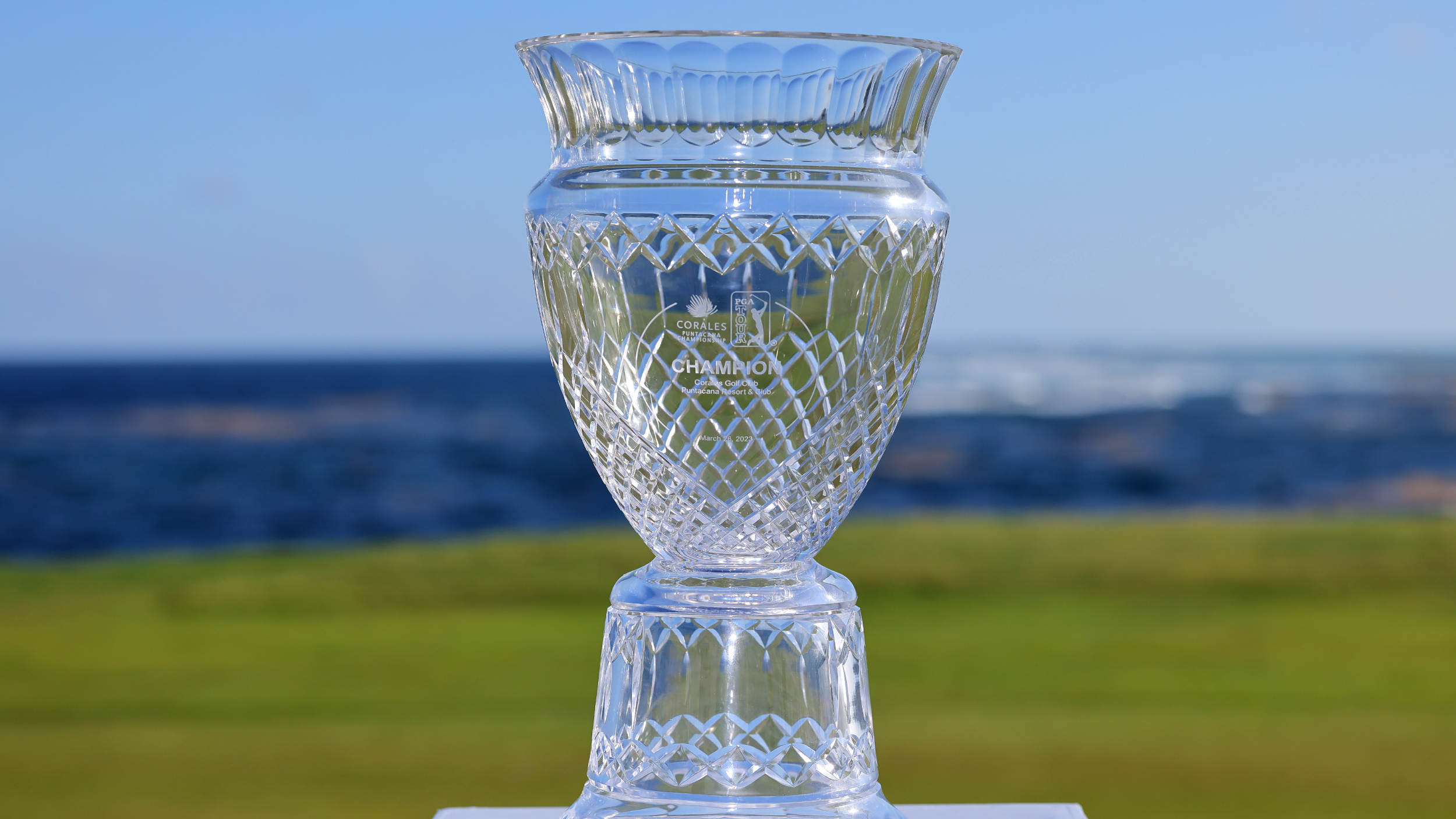 Corales Puntacana Championship Prize Money Payout 2025
Corales Puntacana Championship Prize Money Payout 2025The PGA Tour’s latest opposite field event features an attractive prize money payout and some former champions in the field
By Mike Hall Published
-
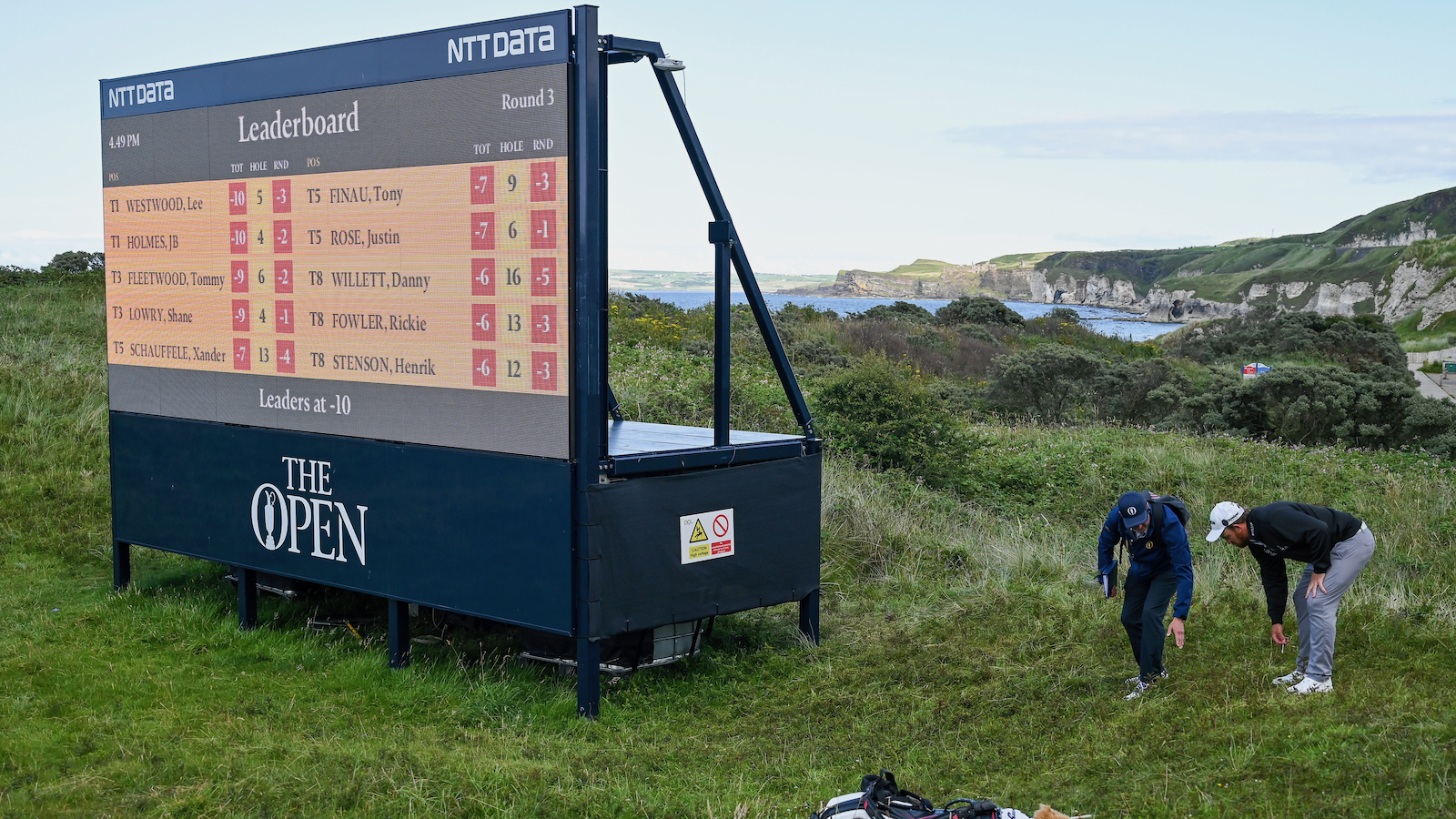 What Is TIO In Golf?
What Is TIO In Golf?You may have heard golf commentators or Rules experts refer to TIOs during TV coverage, but what are they?
By Jeremy Ellwood Published
-
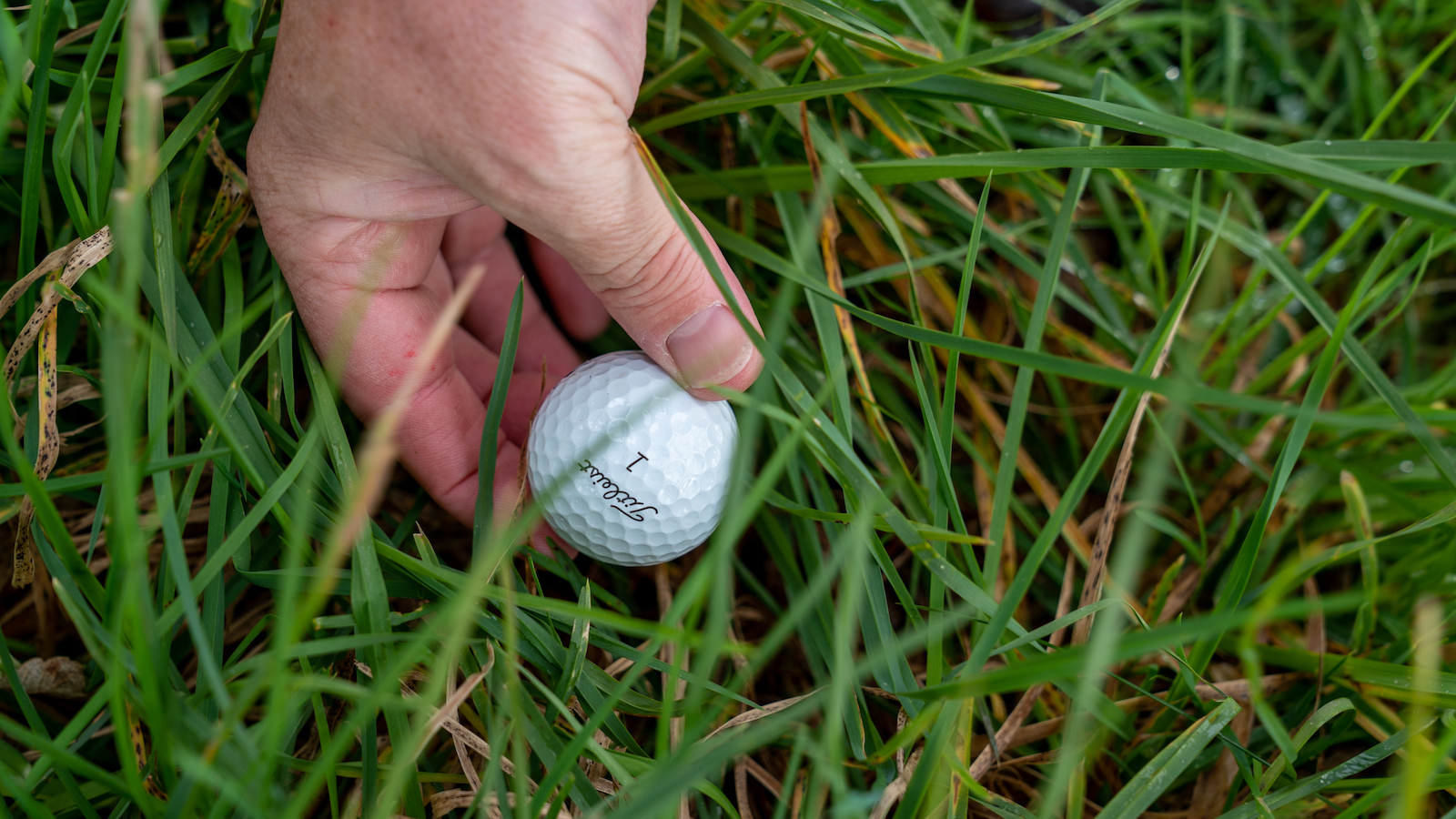 Doh! Picked Up Your Ball By Accident? Here's What You Need To Do
Doh! Picked Up Your Ball By Accident? Here's What You Need To DoYou've just made a mental error and picked up your ball by accident... what happens next and are you penalised?
By Jeremy Ellwood Published
-
 7 Etiquette Mistakes New Golfers Should Try To Avoid!
7 Etiquette Mistakes New Golfers Should Try To Avoid!We all want more people playing golf so here are just a few pointers for newer golfers to look out for in their early days
By Jeremy Ellwood Published
-
 NPZ And GUR... Two Rules Abbreviations Every Golfer Needs To Know!
NPZ And GUR... Two Rules Abbreviations Every Golfer Needs To Know!Do you know your NPZ from your GUR? We unpack the differences between No Play Zones and Ground Under Repair
By Jeremy Ellwood Published
-
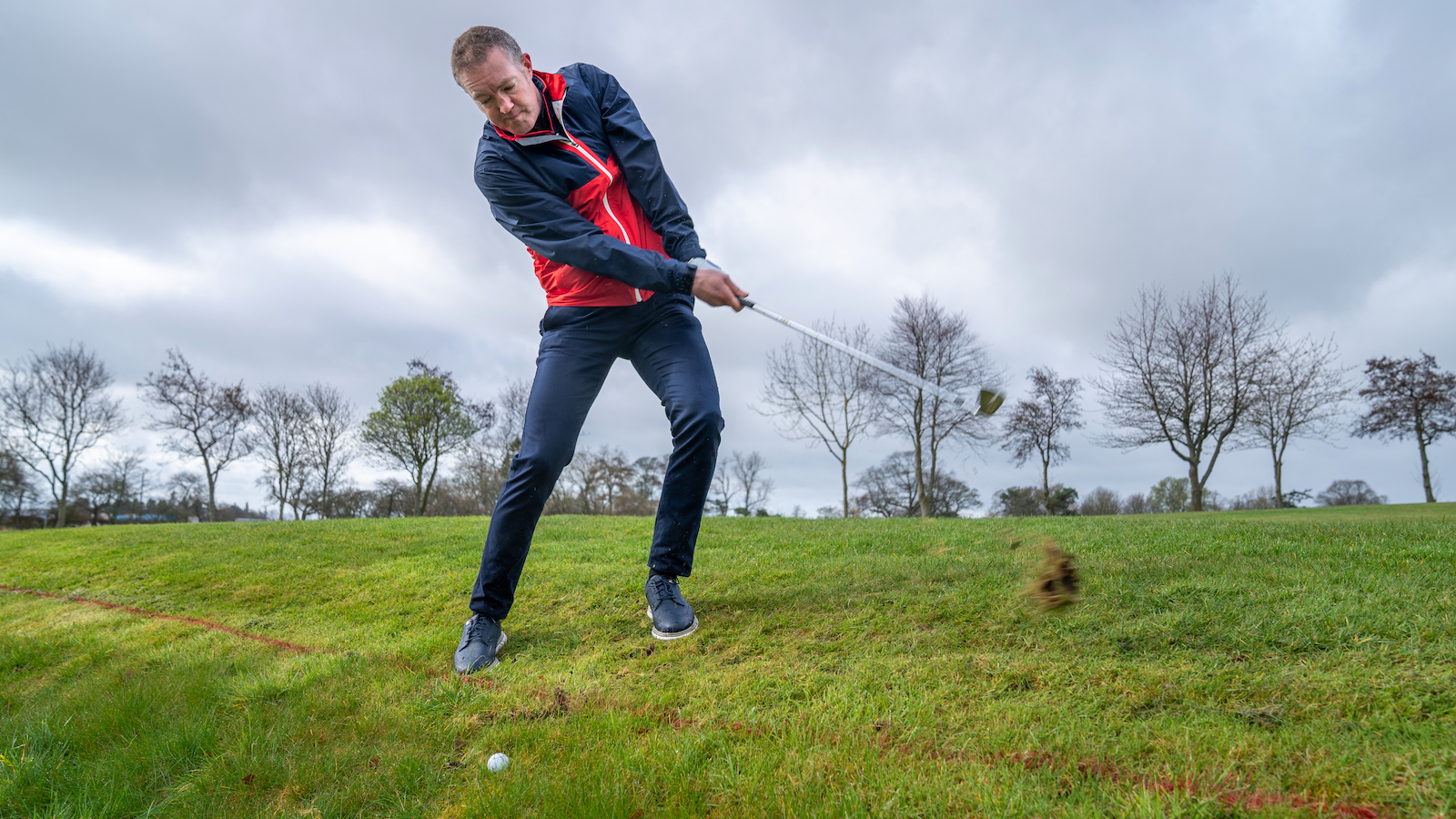 Can You Ground Your Club In A Penalty Area?
Can You Ground Your Club In A Penalty Area?The Rules have changed a lot in recent years and the answer to, 'Can you ground your club in a penalty area?' is now different...
By Jeremy Ellwood Published
-
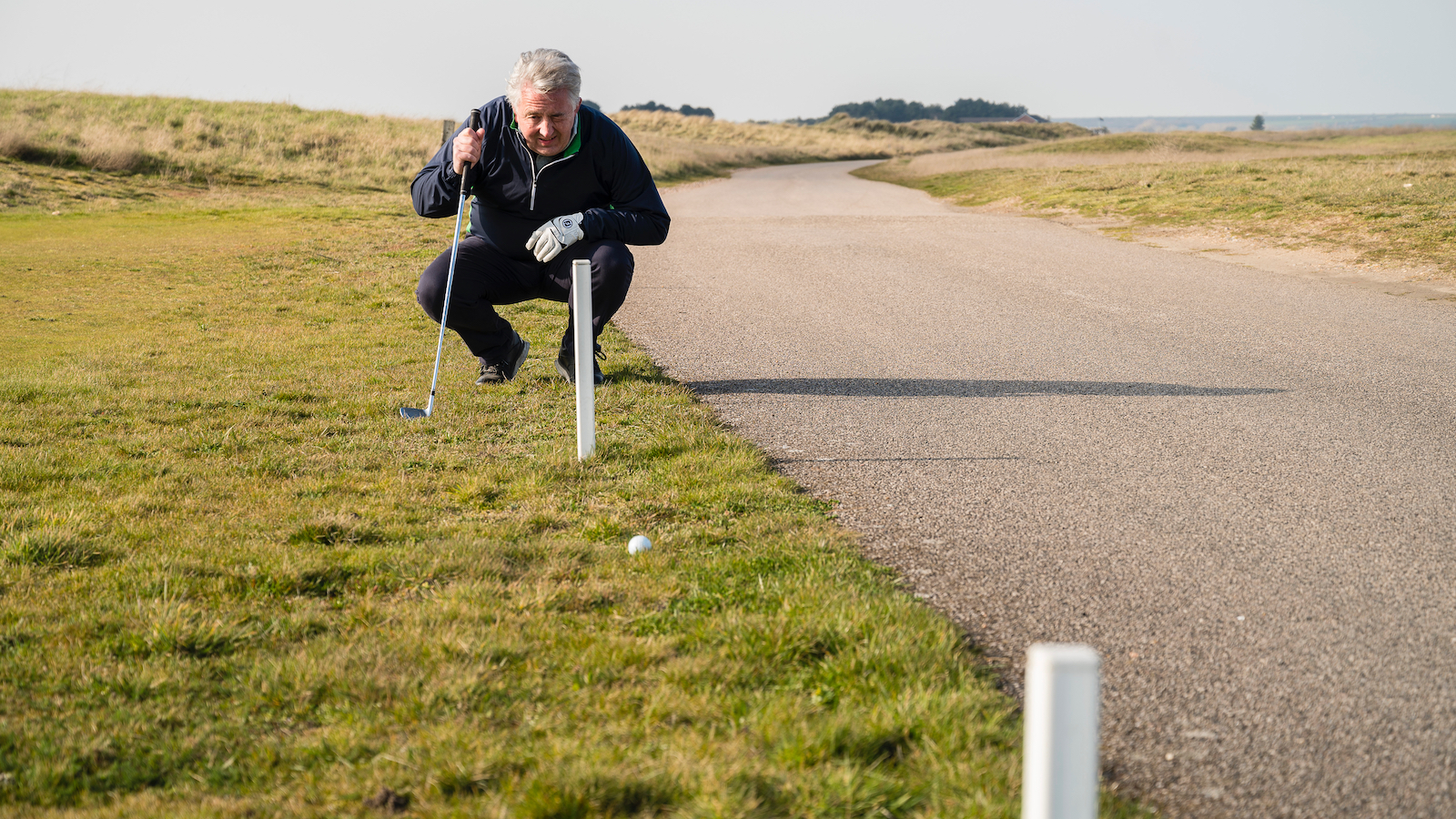 6 Avoidable Golf Rules Mistakes
6 Avoidable Golf Rules MistakesGetting penalised for something you should know or thought you knew isn't great. Here are 6 eminently avoidable golf rules mistakes
By Jeremy Ellwood Published
-
 What Is Internal Out Of Bounds?
What Is Internal Out Of Bounds?What is internal out of bounds? Golfers know there is almost always out of bounds around the perimeter of a course but what about inside the course...
By Jeremy Ellwood Published
-
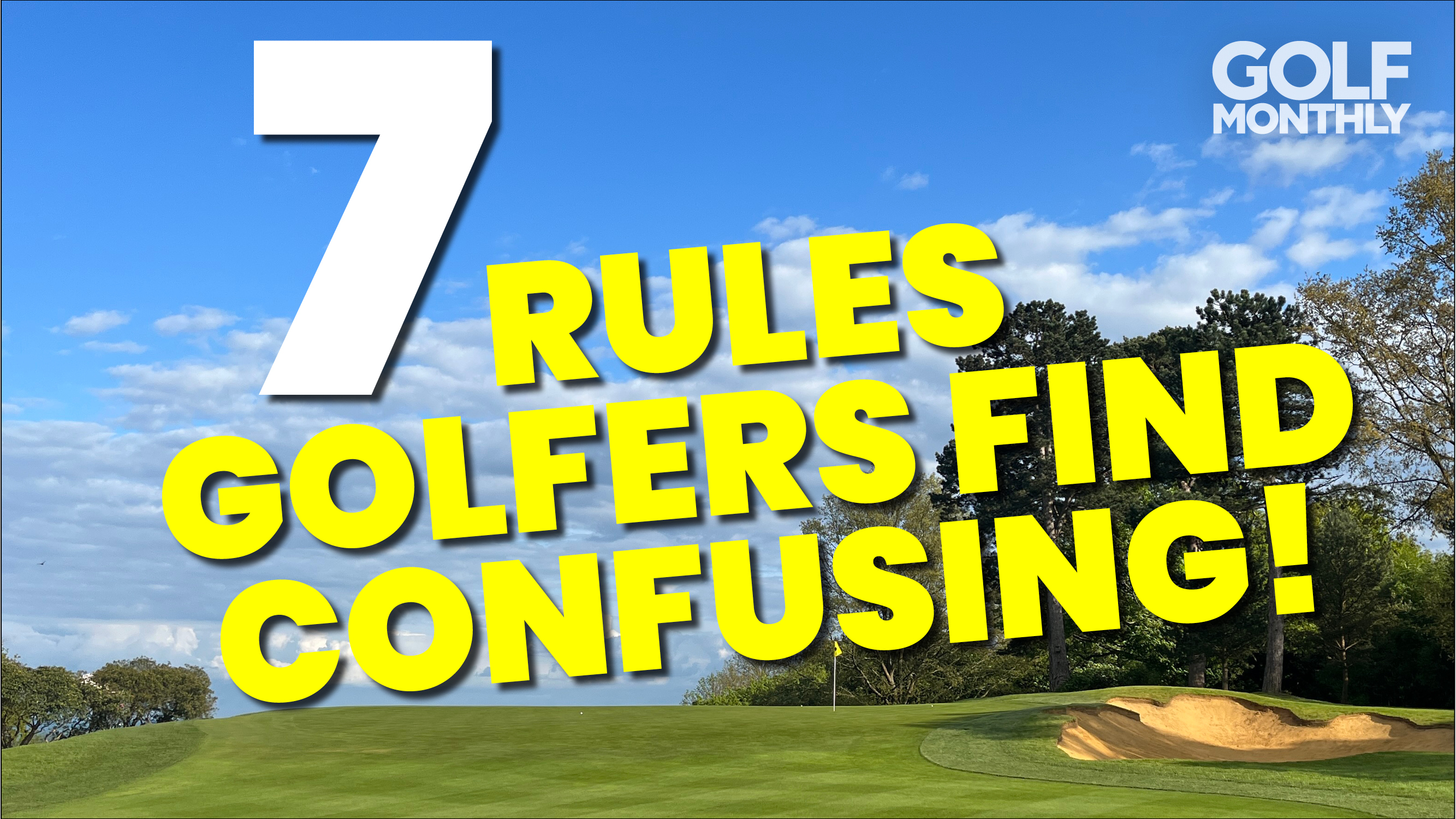 7 Rules (Even Experienced) Golfers Find Confusing!
7 Rules (Even Experienced) Golfers Find Confusing!The Rules of Golf may have been simplified in 2019, but there are certain Rules that some golfers still find confusing...
By Jeremy Ellwood Published